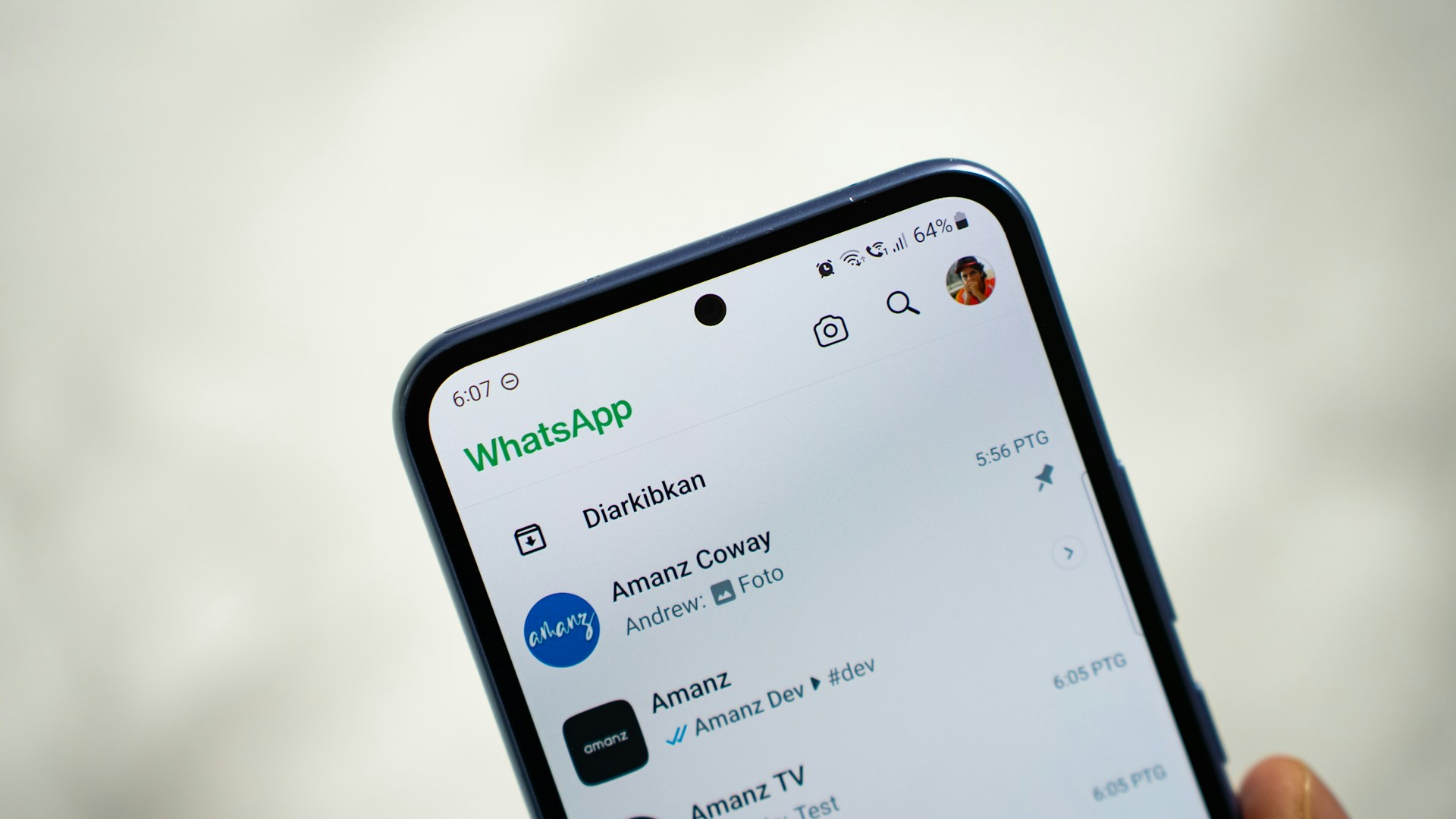Businesses looking to connect with their customers across multiple channels face a common challenge: delivering the right message at the right time to the right person. This is where omnichannel campaigns come in. They seamlessly integrate different communication channels, such as SMS, email, and social media, to provide a unified and cohesive customer experience.
Data segmentation plays a crucial role in omnichannel campaigns. It involves dividing your customer base into distinct groups based on specific characteristics or behaviours. By understanding these segments, you can tailor your messages to meet the unique needs and preferences of each group, leading to higher engagement and better results.
Effective data segmentation helps you avoid a one-size-fits-all approach, making your campaigns more personalised and relevant. This can increase customer satisfaction and loyalty. In this article, we will explore how data segmentation can enhance your omnichannel marketing efforts and provide practical steps to implement it successfully.
I. Introduction to Omnichannel Campaigns and Data Segmentation
Understanding Omnichannel Campaigns
Omnichannel campaigns integrate various communication channels to create a seamless customer experience. Unlike multi-channel marketing, which uses different channels separately, omnichannel campaigns ensure that all channels work together harmoniously. This approach helps you provide a consistent and unified message to your customers. So, if a customer starts their journey on your website but continues on Facebook or via SMS, their experience remains cohesive. This consistency builds trust and strengthens the relationship with your audience.
Importance of Data Segmentation
Data segmentation is the process of dividing your customer base into smaller, more manageable groups based on shared characteristics. These characteristics could include demographics, purchase history, or behavioural patterns. Data segmentation is crucial because it allows you to deliver more relevant messages to each group. For example, you wouldn’t send the same promotion to a loyal customer that you would to a new subscriber. Instead, you tailor the message to meet the specific needs and interests of each segment. This leads to higher engagement and better campaign performance.
How Data Segmentation Enhances Omnichannel Strategies
Data segmentation enhances omnichannel strategies by making your marketing efforts more personalised and targeted. When you understand what your customers want, you can create messages that resonate with them across all channels. For example, you can send a customised offer via email to customers who have shown interest in a specific product and follow up with an SMS reminder. Additionally, you can use data segmentation to identify which channels each customer prefers, ensuring that your messages reach them in the most effective way. This holistic approach maximises customer engagement and improves your overall campaign results.
II. Steps to Implement Data Segmentation in Your Campaigns
Collecting and Organising Customer Data
The first step in data segmentation is collecting and organising customer data. Start by gathering data from various touchpoints, such as your website, social media, and point-of-sale systems. Use forms, surveys, and purchase history to collect valuable information. Once collected, store this data in a centralised system like a Customer Relationship Management (CRM) platform. Organised data makes it easier to analyse and segment effectively.
Segmenting Your Audience: Key Criteria and Methods
After organising your data, the next step is to segment your audience. Consider these key criteria when segmenting:
– Demographics: Age, gender, location, and income.
– Behavioural: Purchase history, browsing patterns, and customer loyalty.
– Psychographics: Interests, values, and lifestyle choices.
– Engagement: How often and through which channels customers interact with your brand.
Choose the criteria that best fit your business goals. For example, if you’re launching a new product, segment your audience based on their previous purchase behaviour to target those most likely to buy.
Tools and Platforms for Effective Data Segmentation
Several tools and platforms can help you implement data segmentation effectively. Customer Relationship Management (CRM) systems like Salesforce or HubSpot allow you to store and organise your customer data. Marketing automation tools such as Mailchimp or HubSpot enable you to create and send segmented campaigns easily. Data analytics platforms like Google Analytics or Tableau provide insights into customer behaviour, helping you fine-tune your segments. By leveraging these tools, you can ensure that your data segmentation efforts are accurate and efficient.
III. Creating Engaging Omnichannel Campaigns Using Segmented Data
Personalising Messages Across Channels
Personalisation is key to making your omnichannel campaigns successful. When you use data segmentation, you can craft messages that speak directly to each customer segment. For example, you can send special offers to loyal customers thanking them for their continued support. New customers might receive welcome messages explaining the benefits of your products and services. It’s essential to maintain consistency across all channels. This means ensuring that your SMS, email, and social media messages all align in tone and content. Personalised messages make customers feel valued and understood, increasing their engagement and loyalty.
Integrating Two-Way Chat for Real-Time Customer Interaction
Using two-way chat features can significantly enhance your omnichannel campaigns. Two-way chat enables real-time conversations with your customers, providing immediate support and engagement. Whether through SMS, WhatsApp, or webchat, this feature lets customers ask questions, get immediate responses, and even make purchases. Integrating two-way chat into your campaigns can help resolve issues quickly and keep customers satisfied. It adds a personal touch that many customers appreciate, helping to build trust and long-lasting relationships.
Examples of Effective Omnichannel Campaigns
Creating effective omnichannel campaigns involves blending different strategies to reach your audience. Here are some examples:
1. Welcome Campaign: When a new customer signs up, send them a welcome email followed by an SMS with a discount code to encourage their first purchase.
2. Event Promotion: Use email to invite customers to an event, remind them via SMS, and engage them during the event with social media updates.
3. Cart Abandonment: If a customer leaves items in their online shopping cart, follow up with a reminder email, and send an SMS with an additional discount to encourage them to complete their purchase.
4. Customer Feedback: After a purchase, send an email asking for feedback and follow up with an SMS thanking them for their input, providing customer service contact details.
By employing these strategies, you can ensure your campaigns are well-rounded and effective.
IV. Maximising Results with Continuous Data Analysis and Optimisation
Tracking and Analysing Campaign Performance
Tracking and analysing the performance of your campaigns is crucial. Use analytics tools to monitor key metrics such as open rates, click-through rates, and conversion rates. This data helps you understand what is working and what needs improvement. Regularly review these metrics to spot trends and adjust your strategy accordingly. By keeping a close eye on performance, you can ensure your campaigns remain effective and relevant.
Adjusting Segments Based on Behaviour and Feedback
Customer behaviour can change over time, and so should your segmentation. Regularly update your segments based on customer feedback and their interactions with your campaigns. For example, if a customer begins engaging more with your emails than SMS, consider adjusting their segment to focus more on email marketing. Collecting feedback through surveys or direct interactions can provide valuable insights into what your customers want. Using this information to adjust your segments ensures that your messages remain relevant and engaging.
Best Practices for Continuous Improvement and Scalability
To keep your marketing efforts effective and scalable, follow these best practices:
1. Regularly Update Data: Ensure your customer data is current by regularly cleaning and updating your databases.
2. A/B Testing: Experiment with different messages, channels, and times to see what works best.
3. Automate Where Possible: Use automation tools to streamline your campaigns and make them more efficient.
4. Train Your Team: Ensure your team is up-to-date with the latest tools and strategies.
5. Stay Customer-Focused: Always keep the customer experience at the forefront of your campaigns.
By following these best practices, you can continuously improve your campaigns and scale your efforts effectively.
Conclusion
Mastering omnichannel campaigns with data segmentation requires a focused and strategic approach. By understanding your customers and tailoring your messages, you can create personalised experiences that engage and delight. Using tools for data collection, segmentation, and interaction, you can craft campaigns that connect with your audience on multiple levels. Tracking and analysing performance helps you refine your strategies, keeping your campaigns relevant and effective. Consistent improvement ensures scalability and long-term success.
Want to take your omnichannel campaigns to the next level? Contact Text Global Ltd. today to learn how we can help you implement powerful data segmentation and create engaging, personalised marketing campaigns. Let’s transform your customer engagement together!




